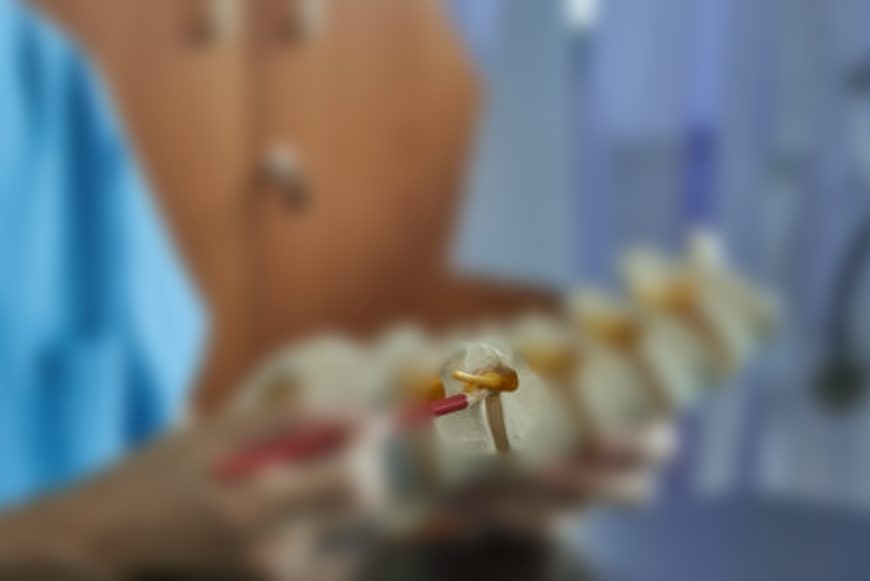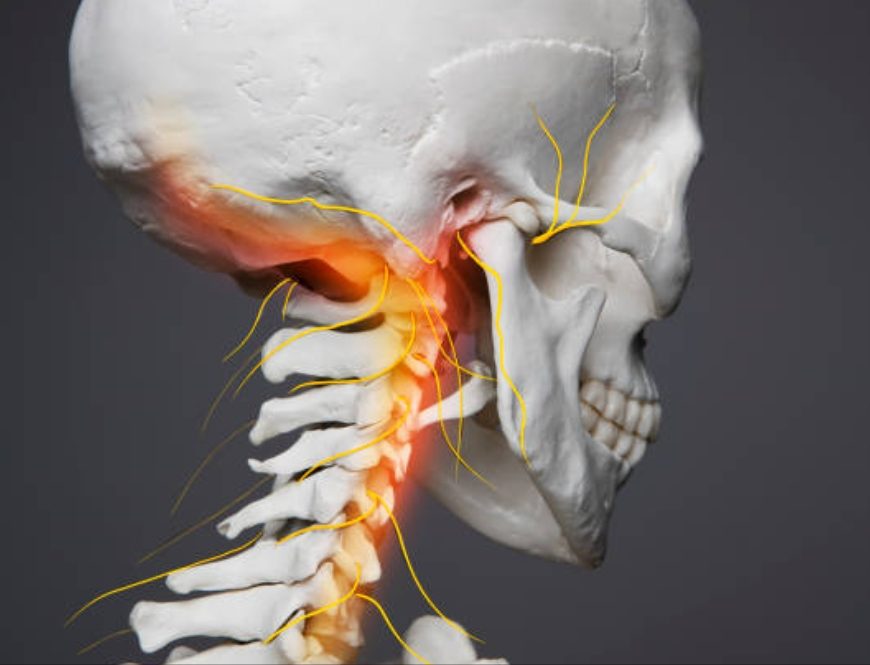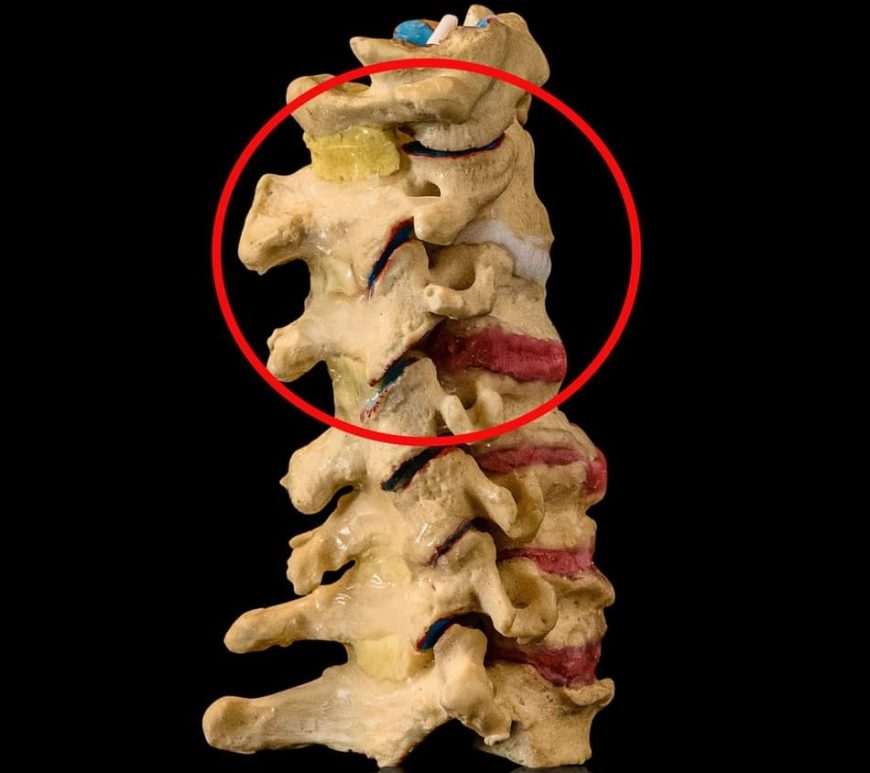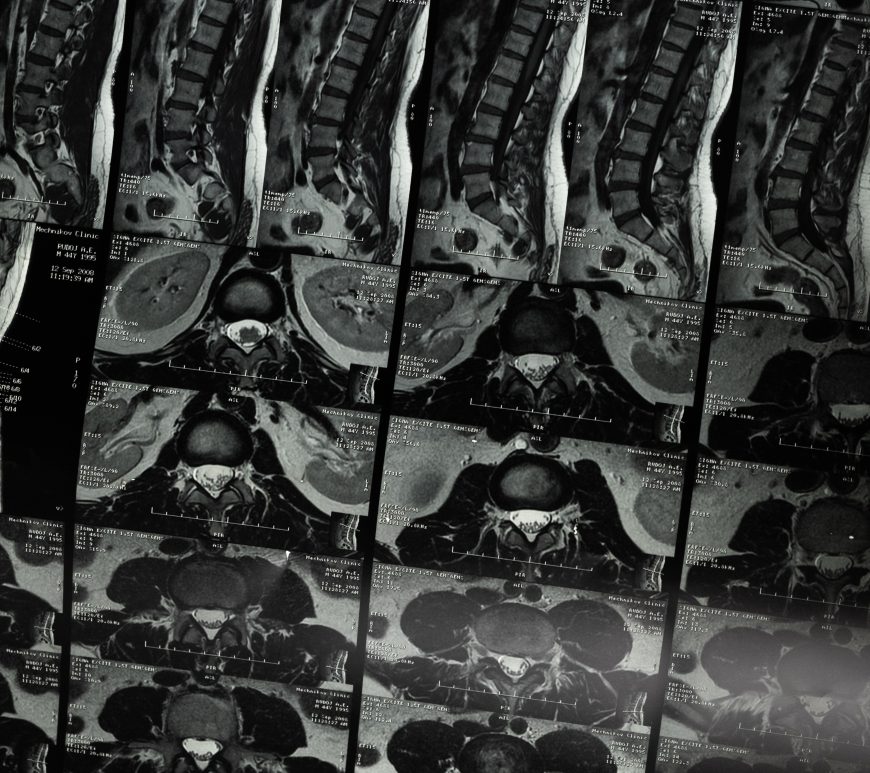
What is neurodynamics? The very minimum you should understand.
Since the 1970s, when these procedures were first introduced, the treatment of neural tissue has remained a common component of diagnostics and treatment in manual physiotherapy (Elvey 1979; Butler 1991, 2000; Shacklock 1995, 2005; Hall & Elvey 1999). Theoretically, neurodynamics is just another name for neural mobilisation or neural mobilisation combined with certain additional neurosciences, according to some therapists. Moving neural tissues is just one … Continue reading What is neurodynamics? The very minimum you should understand.


